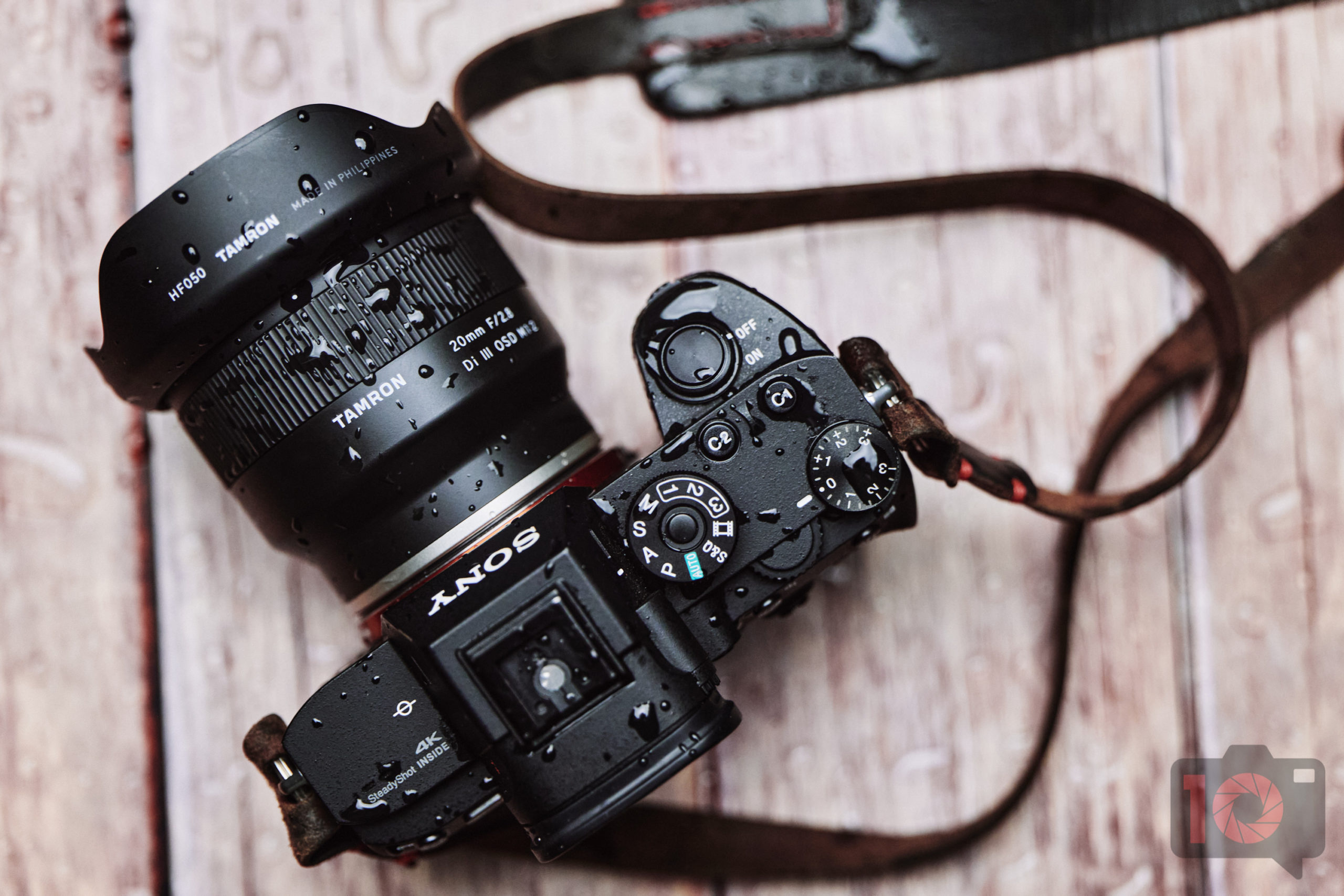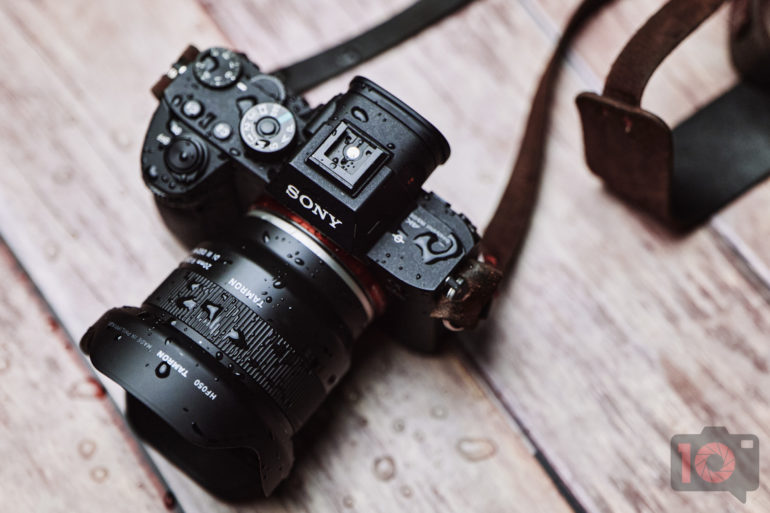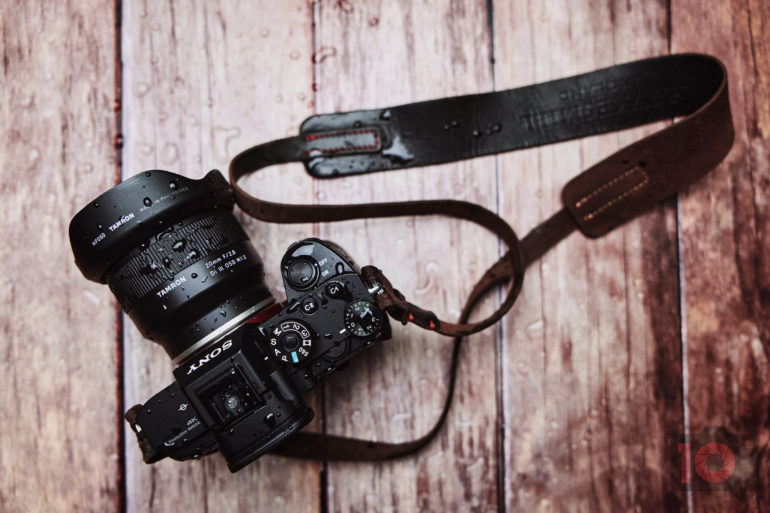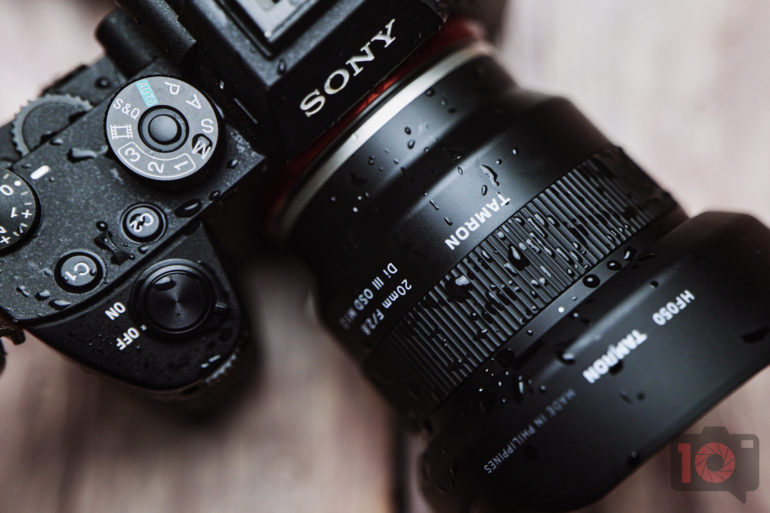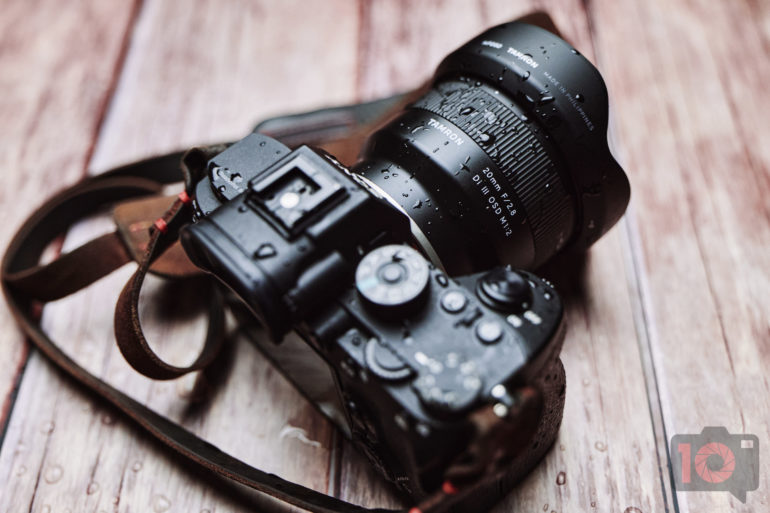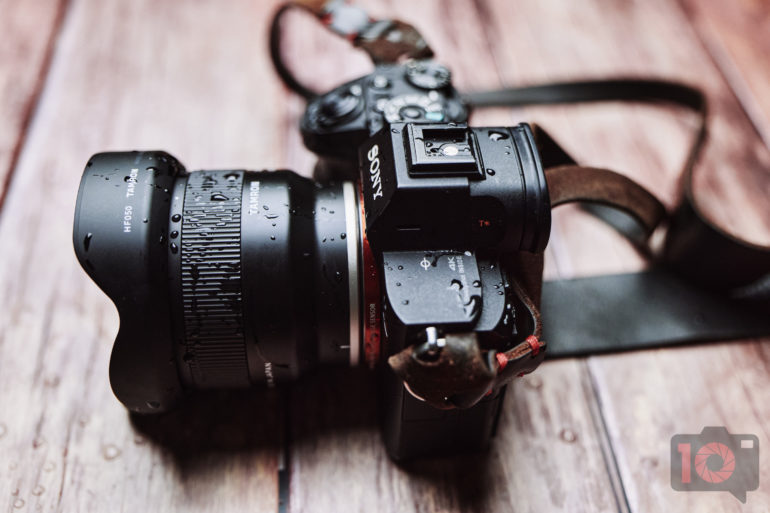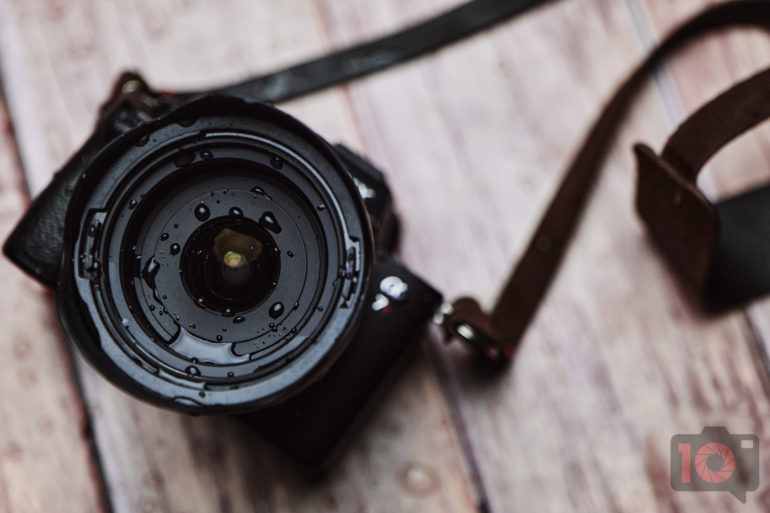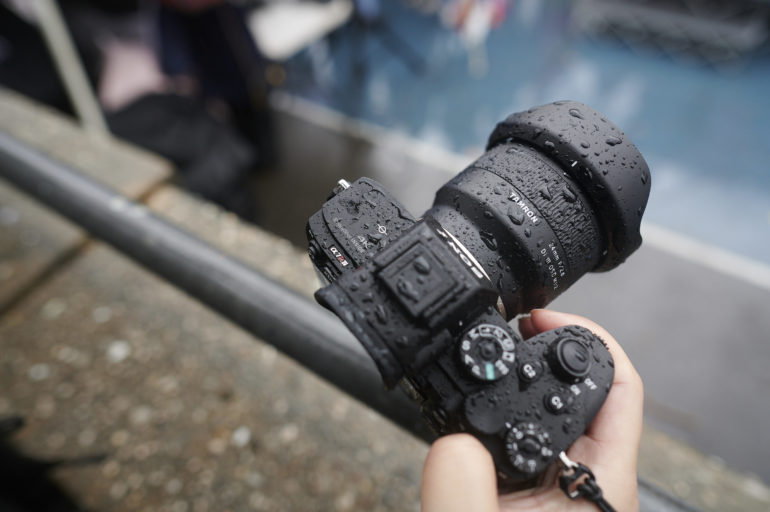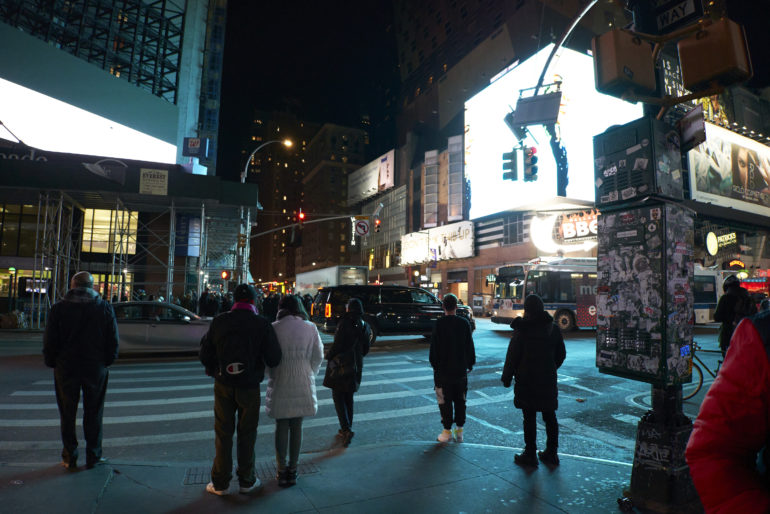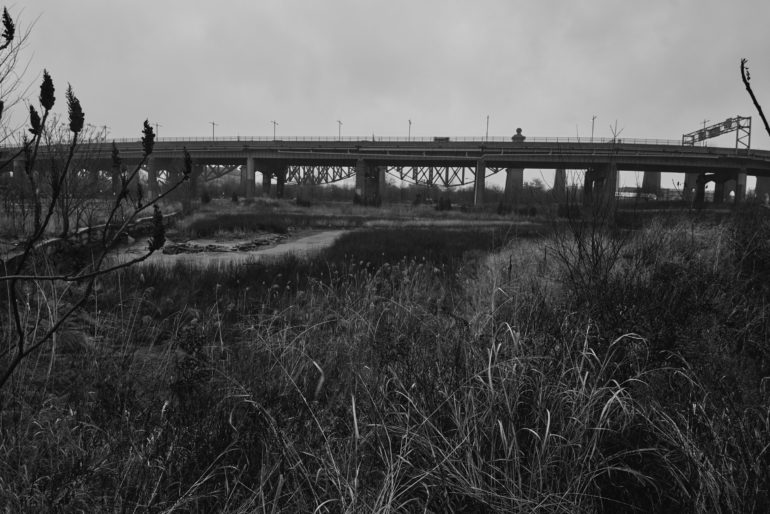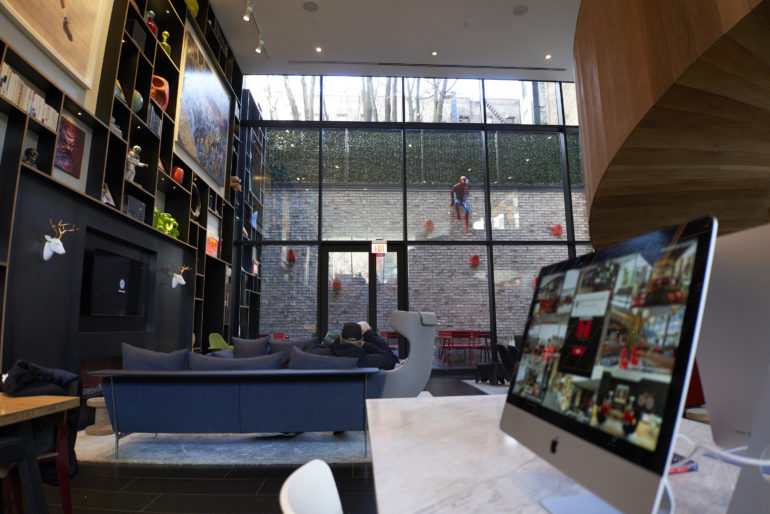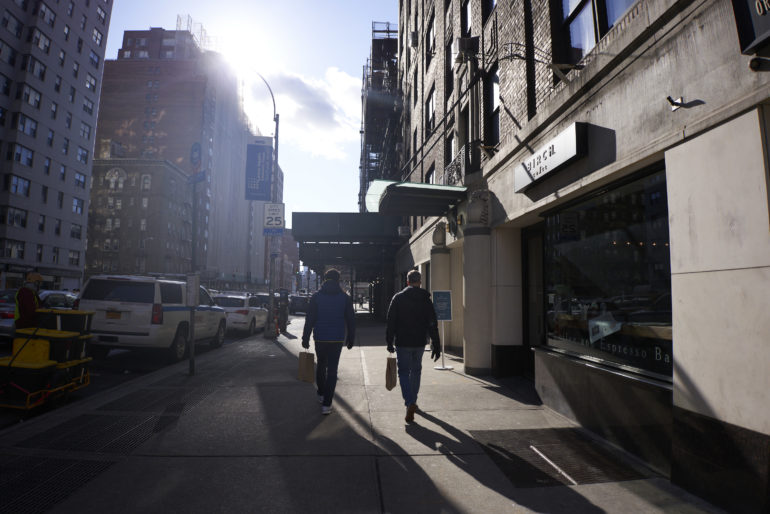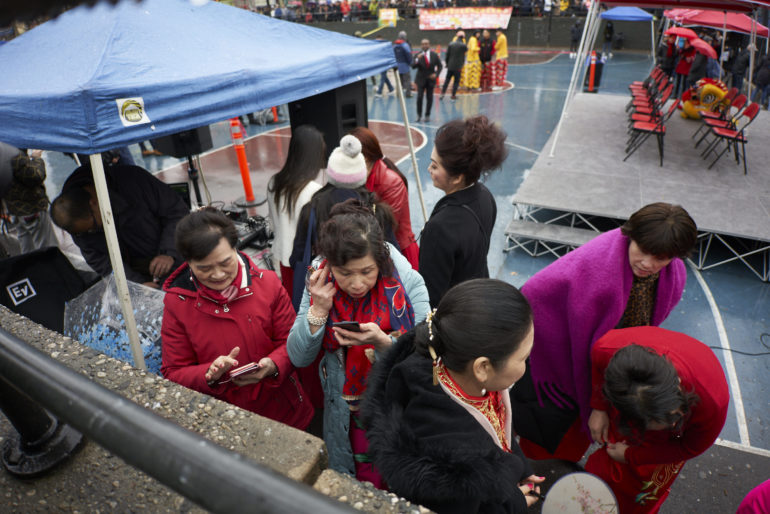Last Updated on 03/05/2020 by Mark Beckenbach
With the Tamron 20mm f2.8 Di III OSD, a photographer is getting a lot for their money, including distortion.
The Tamron 20mm f2.8 Di III OSD is part of the trio that the company announced last year. It’s lightweight, weather-sealed, and priced at only $349. This lens is pretty much an impulse buy. You’re not only getting Tamron’s level of fantastic build quality, but also great images that you’re going to love. Of course, this isn’t a lens for everyone: not every photographer needs a 20mm lens. But if you shoot landscapes or buildings, then then the Tamron 20mm f2.8 Di III OSD is a lens that can keep your overall travel pack very light. It’s got some issues with distortion, but that can be fixed.
Pros and Cons
Pros
- Well built
- Affordable
- Nice colors
- Tamron is embracing Mirrorless with a small and lightweight offering.
- Weather sealed very well; it survived a few hours in the rain.
- Autofocuses quickly
- Priced at only $349
Cons
- This is one of the most heavily distorted lenses we’ve tested in a while. You can use that to your advantage, or you can correct it in post.
Gear Used
We tested the Tamron 20mm f2.8 Di III OSD with the Sony a7r III.
Tech Specs
Taken from Tamron’s website
| Model | F050 |
|---|---|
| Focal Length | 20mm |
| Maximum Aperture | F/2.8 |
| Angle of View (diagonal) |
94°30′(for full-frame mirrorless format) |
| Optical Construction | 10 elements in 9 groups |
| Minimum Object Distance | 0.11m (4.3 in) |
| Maximum Magnification Ratio | 1:2 |
| Filter Size | Φ67mm |
| Maximum Diameter | Φ73mm |
| Length* | 64mm (2.5 in) |
| Weight | 220g (7.8 oz) |
| Aperture Blades | 7 (circular diaphragm)** |
| Minumum Aperture | F/22 |
| Standard Accessory | Flower-shaped hood, Lens caps |
| Compatible Mounts | Sony E-mount |
Ergonomics
The Tamron 20mm f2.8 Di III OSD is a very small lens. It’s not a pancake offering though. Instead, liken this to more of a Mandarin or a Clementine. Oh, and it’s weather-resistant.
When you get close to the Tamron 20mm f2.8 Di III OSD, you’ll notice the single control. It’s the focusing ring. There is also a detachable lens hood that comes with it.
Did we mention that the Tamron 20mm f2.8 Di III OSD is weather sealed? Oh okay, good. Because part of that sealing comes from the fact that no switches are on the side of the lens.
The Tamron 20mm f2.8 Di III OSD is honestly small and light enough that a photographer can use it on an a7, a9, or a6000 series body with no issues. It’s such a great size.
If you want to shoot with this lens and a filter, look for size 67mm. And then go have fun!
Build Quality
The Tamron 20mm f2.8 Di III OSD was tested for a few hours in the cold and rain of late January, 2020. Specifically, we took it into the rain during the opening ceremonies of NY’s Chinese New Year. It also traveled with us to a very foggy salt marsh. This lens shrugged off all that mother nature threw at it. For $350 you’re getting a fantastic value when it comes to build quality. The body’s size is almost like a piece of handheld fruit that you’d enjoy for a snack. If you want an affordable, well built wide-angle prime, then the Tamron 20mm f2.8 Di III OSD will be the apple of your eye. I particularly believe landscape photographers will really adore this lens for the small size, light weight, etc. Combine it with Sony’s high megapixel cameras and a tripod for the best results.
Ease of Use
Novice photographers and the more experienced alike won’t have an issue with the Tamron 20mm f2.8 Di III OSD. There are no controls whatsoever on the body, and everything is done through the camera. That’s what you get at this price point. Personally, I’d prefer a focusing ring that snaps back and allows me to manually focus. Arguably though, you don’t need it with the Sony system. All you do is mount the lens to the camera, point, focus, and shoot. You won’t have any trouble.
Autofocus
We took the Tamron 20mm f2.8 Di III OSD into both good and bad lighting. It performed well in both situations with only a few moments where it couldn’t nail focus. These situations involved continuous autofocus and shooting wide open. Despite this being a wide-angle prime, it sometimes had trouble when focusing closely on a plant moving about in the wind. To be fair, lots of cameras and lenses have this issue. It just means you need to be careful. The focusing otherwise is good enough for street photography in good lighting. When the lights go down, it becomes more difficult. This is a situation where I doubt it will be practically used, but folks like to experiment. For landscapes and architecture, the Tamron 20mm f2.8 Di III OSD will do just fine.
On Reports of Autofocus Issues
Lots of folks I spoke to about this lens talked about autofocus issues. I encountered that situation once. But then I remember just how awful Sony’s mount is for protection against debris. I cleaned the contacts of both the lens and the camera with Isopropyl alcohol and I didn’t have delays after that. Here’s how you do that. Basically, just maintain your camera and you’ll be fine.
Image Quality
Editor’s Note: Some of these images have been edited, but most haven’t.
The Tamron 20mm f2.8 Di III OSD shines in pretty much every single way, except for distortion. To get the bad out of the way first, it is quite distorted, but you can easily fix that in Capture One. Alternatively, you can embrace the look of it in the right situations. Otherwise, this lens has nice bokeh as a result of its close focusing abilities. It also has beautiful colors and great sharpness. I can’t really complain about a lens that’s this affordable.
Bokeh
This is a wide-angle lens with an f2.8 aperture. One would think that the bokeh here would be negligible, but in the right situations it’s almost creamy. Of course, I don’t recommend using this lens for just the bokeh features. There’s a lot more to like about it.
Chromatic Aberration
Yes, there’s distortion: we’ve established that. But otherwise, this lens doesn’t have any sort of fringing issues or other major problems worth complaining about. When you’re doing it at this price point, there’s a lot of recognition that must be given.
Color Rendition
The colors from the Tamron 20mm f2.8 Di III OSD are pretty saturated. However, I’ve seen Rokinon, Sony, and Sigma lenses that are more so. We tend to use the Deep or Clear color profiles on the Sony a7r III. As many Sony photographers should know, these get embedded into the RAW file. We could get even more vivid, but these are good enough for most photographers. Anything else that you want can be fixed in post or enhanced with a Polarizing filter.
Sharpness
The Tamron 20mm f2.8 Di III OSD is a pretty sharp lens. Are there sharper on the market? Totally. Are there sharper lenses at this size and price point on the market? No. I really like Sony’s own 24mm f1.4 G Master and the Zeiss 25mm f2 Batis, but those are much more expensive. Besides, Tamron has its own 24mm lens to compete with those anyway.
Extra Image Samples
Conclusions
Likes
- Small
- Light
- Weather sealed
- Fast to focus in most situations
- It’s $349
Dislikes
- Though the distortion can be fixed in post, I’d rather not do it.
The Tamron 20mm f2.8 Di III OSD is a great lens for what it is. Our only major problem is the distortion, but that’s easily fixed in post-production. This lens has great image quality with nice bokeh (when possible), very good sharpness, and beautiful colors. On top of all that, it’s lightweight and built like a tank. Best of all, the price and portability are things you’ll be very happy with.
We’re awarding the Tamron 20mm f2.8 Di III OSD four out of five stars. Want one? It’s $349.


